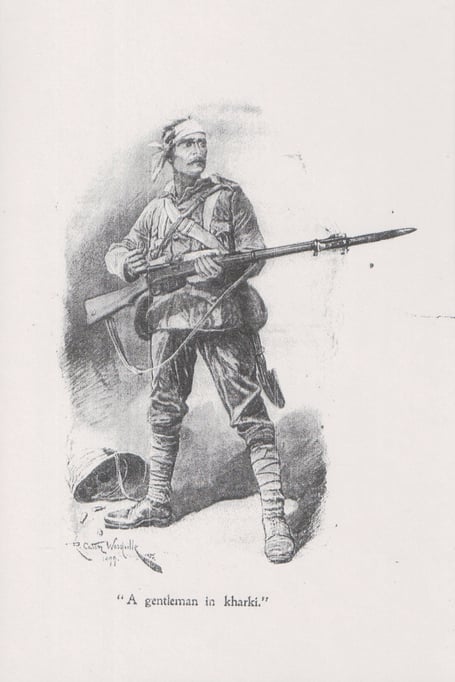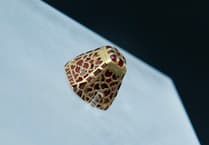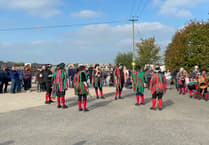The Second Boer War erupted in October 1899, and with it came hardship at home. Many men from the Army Reserve were called up, leaving their families to struggle on the soldier’s meagre “shilling a day”.
At the same time, Alfred Harmsworth, owner of the Daily Mail, used his paper to raise funds for soldiers and their dependants.
The poet Rudyard Kipling, recognising the effort, wrote The Absent-Minded Beggar with the specific intention of encouraging donations.
Richard Caton Woodville illustrated the poem with his well-known image A Gentleman in Khaki, and soon this stirring pairing appeared on countless items sold for the cause. Set to music as well, the poem was an instant triumph, ultimately raising more than £250,000 for the fund.
The money not only supported soldiers and their families but was also directed towards the creation of a convalescent hospital for returning servicemen.
Attention turned to finding suitable ground, and the site chosen was described at the time as “in Alton,” although in reality it lay within Chawton parish until boundary changes of around 1932.
The land belonged to Montagu Knight of Chawton House and was said to be “a beautiful park-like piece of land – 155 acres in extent,” with some fifty acres of woodland.
Work on the Absent Minded Beggar Hospital and Convalescent Camp began in June 1900. The hospital was designed on a pavilion system: small, separate wards, each to hold ten patients.
Ten of these would form a fan-shaped arrangement, connected by covered ways at the rear. Two further groups of pavilions were planned, giving accommodation for 300 patients in all. Alongside this would stand a Convalescent Camp for another 200 men.
Yet despite the ambition, the project soon ran into difficulties. Poor weather hampered progress, and there were major challenges in supplying both water and heating across the site.
By early 1902, reports declared that the hospital was nearing completion, its purpose partly shifted towards treating consumption and partly serving as a hospital for the Borden and Longmoor army camps. Though handed to the War Department, additional works were still required.
In May 1903, the first patient was admitted to the newly named Princess Louise Hospital. A month later came the grand opening by Her Royal Highness Princess Louise, Duchess of Argyll, an event widely covered in the local press. Guests arrived at Alton Station, where the Alton Volunteers formed a guard of honour.
On Crown Hill, the Band of the Church Lads’ Brigade struck up, church bells rang out, and townsfolk were urged to decorate their homes. At the hospital, a luncheon was served featuring York Ham and Pigeon Pie, followed by Pineapple Cream and Strawberry Ice. Visitors then toured the wards, operating theatre, chapel, staff quarters, kitchen and laundry—all lit by electricity, a modern marvel of the age.
The hospital was staffed by No. 3 Company, Royal Medical Corps. Lt Col WJR Rainsford was Commandant, and the Matron was Superintending Sister Ann Garrioch (or Garriock). Local people were welcomed to regular concerts, and hospital staff frequently played matches of football, cricket and quoits against village teams.
Change soon followed. In 1904 Lt Col Peter Mulvany replaced Rainsford as Commandant. Not long afterwards, the hospital recorded its first death: Pte John Channon of the 2nd Devon Regiment, aged only 27, who became the seventh person to be buried in the new Chawton Cemetery. Other deaths followed, culminating in the sudden loss of Lt Col Mulvany himself in late 1905. Within a short time, the hospital closed its doors.
Eighteen months later, however, Lord Mayor Sir William Purdie Treloar visited the site. What followed, as local history records with understatement, was the beginning of another remarkable chapter—“the rest is history.”
For those wishing to explore further, The Absent Minded Beggar and Princess Louise Hospitals is available at £3.00 + £1.00 p&p from [email protected] or at Goldfinch Books in Alton.





Comments
This article has no comments yet. Be the first to leave a comment.